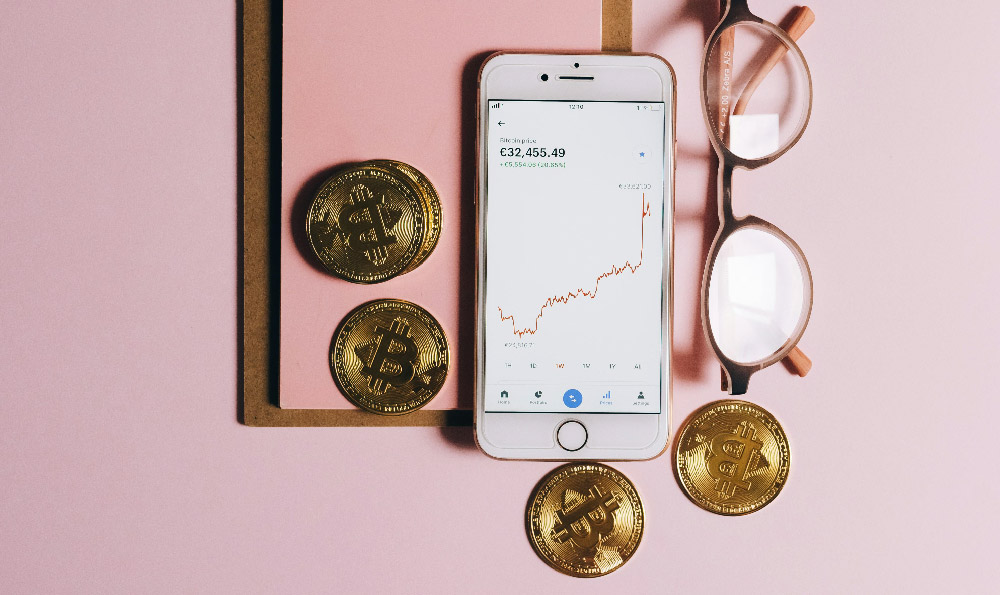Is the VIX a Good Investment? Understanding Volatility and VIX Investment Strategies
The VIX, or Volatility Index, often called the "fear gauge," reflects the market's expectation of near-term volatility. It's derived from the price of S&P 500 index options and represents the market's consensus view of future volatility over the next 30 days. While not a traditional asset like stocks or bonds, the VIX and its related instruments offer unique opportunities for investors seeking to profit from market turbulence. But is it truly a "good" investment? The answer, as with most financial instruments, is nuanced and depends heavily on your investment goals, risk tolerance, and understanding of the VIX's inherent characteristics.
Understanding the Volatility Index (VIX)

Before diving into investment strategies, it’s crucial to grasp what the VIX represents. It doesn’t directly measure market direction (up or down), but rather the speed at which prices are expected to move. High VIX values signify heightened market uncertainty and anticipated large price swings, while low VIX values suggest market complacency and expectations of relatively stable prices.
Think of it like this: a calm lake has low volatility (low VIX), while a stormy sea has high volatility (high VIX). The VIX rises when investors become anxious and start buying put options to protect their portfolios from potential market declines. This increased demand for put options drives up their prices, which in turn increases the VIX. Conversely, the VIX tends to fall when markets are rising or stable, as the demand for protective put options diminishes.
Why Consider Investing in the VIX?
Several reasons might attract investors to VIX-related products:
-
Portfolio Hedging: The most common use is as a hedge against potential market downturns. Because the VIX generally moves inversely to the S&P 500, a VIX investment can offset losses in a broader portfolio during periods of market stress. When stocks decline, the VIX often spikes, providing a cushion against those losses.
-
Speculation: Some investors use VIX products to speculate on short-term market volatility. They might anticipate an event that will cause the market to become more volatile and invest accordingly. This is a higher-risk strategy, requiring careful timing and a deep understanding of market dynamics.
-
Diversification: Adding a volatility-based asset to a portfolio can improve diversification, as its returns are not perfectly correlated with traditional asset classes like stocks and bonds. This can help reduce overall portfolio risk.
How to Invest in the VIX: Available Options
It's essential to understand that you cannot directly invest in the VIX itself. It's an index, a number derived from options prices. Instead, you invest through various financial instruments that track or mimic the VIX's performance. The most common include:
-
VIX Futures: These are contracts that obligate the holder to buy or sell the VIX at a predetermined price on a future date. VIX futures are often used by sophisticated traders to hedge or speculate on volatility. However, they are subject to contango – a situation where futures prices are higher than the spot price, which can erode returns over time, especially for longer-term investments.
-
VIX Exchange-Traded Notes (ETNs): These are debt instruments issued by financial institutions that track the performance of VIX futures indices. Popular examples include VXX and UVXY. ETNs offer easier access to VIX exposure for retail investors, but they come with their own set of risks, including credit risk (the risk that the issuing institution defaults) and the aforementioned contango effect.
-
VIX Exchange-Traded Funds (ETFs): While less common, some ETFs invest in VIX futures. Similar to ETNs, they provide exposure to volatility, but their structure is different. ETFs typically hold a portfolio of assets, rather than being a debt obligation.
-
Options on VIX Futures: This offers a leveraged way to speculate on VIX movements. It's a high-risk, high-reward strategy suitable only for experienced options traders.
The Risks Associated with VIX Investments
Investing in the VIX or its related products is not without significant risks:
-
Contango: As mentioned earlier, contango is a persistent issue with VIX futures. Because VIX futures prices are typically higher than the spot VIX, rolling over futures contracts (selling expiring contracts and buying new ones) can lead to a steady erosion of value over time. This is especially true for ETNs and ETFs that track VIX futures indices.
-
Decay: VIX-related investments are generally designed for short-term trading. Holding them for extended periods can be detrimental due to the contango effect and the fact that volatility tends to revert to the mean.
-
Complexity: Understanding the VIX and its related instruments requires a sophisticated understanding of options, futures, and market dynamics. It's not a suitable investment for beginners.
-
Leverage: Many VIX products, particularly leveraged ETNs, amplify both gains and losses. This can lead to substantial losses if the market moves against your position.
-
High Volatility: Ironically, investments designed to profit from volatility are themselves highly volatile. The VIX can experience dramatic swings in response to market events, making these investments very risky.
Is the VIX a Good Investment for You?
Whether the VIX is a "good" investment depends entirely on your individual circumstances.
-
If you are a seasoned investor with a high risk tolerance: and a deep understanding of options, futures, and market volatility, VIX-related products can be a valuable tool for hedging or speculating on short-term market movements.
-
If you are a beginner or have a low risk tolerance: VIX investments are generally not recommended. The complexity, high volatility, and potential for rapid losses make them unsuitable for novice investors.
-
If you are looking for a long-term investment: VIX-related products are generally not appropriate. The contango effect and the tendency for volatility to revert to the mean make them poor long-term holds.
Alternative Strategies for Managing Volatility
If you're seeking ways to manage portfolio volatility without directly investing in VIX products, consider these alternatives:
-
Diversification: A well-diversified portfolio across different asset classes (stocks, bonds, real estate, commodities) can help reduce overall risk.
-
Strategic Asset Allocation: Adjusting your asset allocation based on your risk tolerance and investment goals can help mitigate volatility.
-
Protective Put Options: Buying put options on your stock holdings can provide downside protection during market downturns.
-
Cash Position: Holding a portion of your portfolio in cash can provide a buffer against market volatility and allow you to take advantage of buying opportunities during market dips.
Conclusion: VIX Investing Demands Caution
Investing in the VIX can be a powerful tool for experienced investors seeking to hedge or speculate on short-term market volatility. However, it's a complex and risky asset class that demands caution and a thorough understanding of its inherent characteristics. Before investing in any VIX-related product, carefully consider your investment goals, risk tolerance, and time horizon. Remember that the VIX is not a "buy and hold" investment and should only be used as part of a well-defined investment strategy. If you are unsure whether VIX investing is right for you, consult with a qualified financial advisor.












